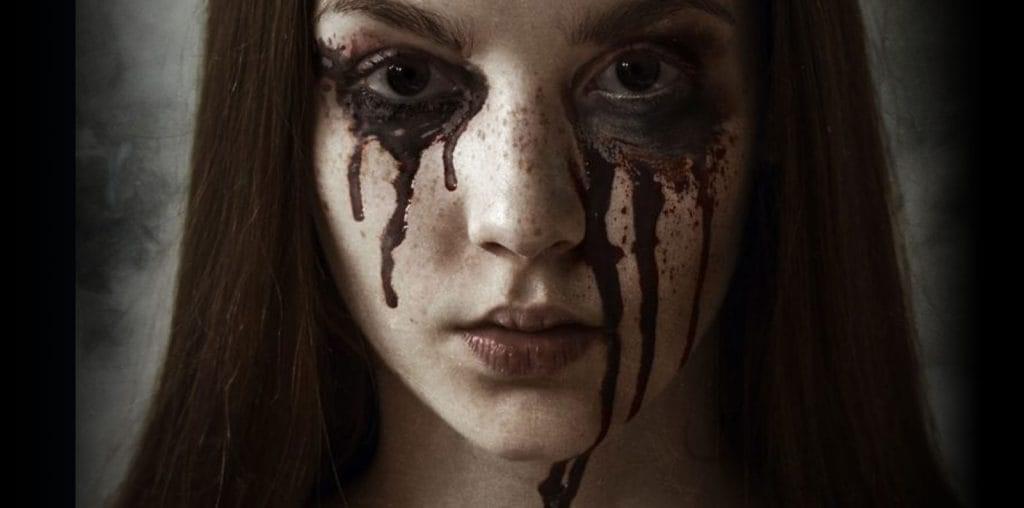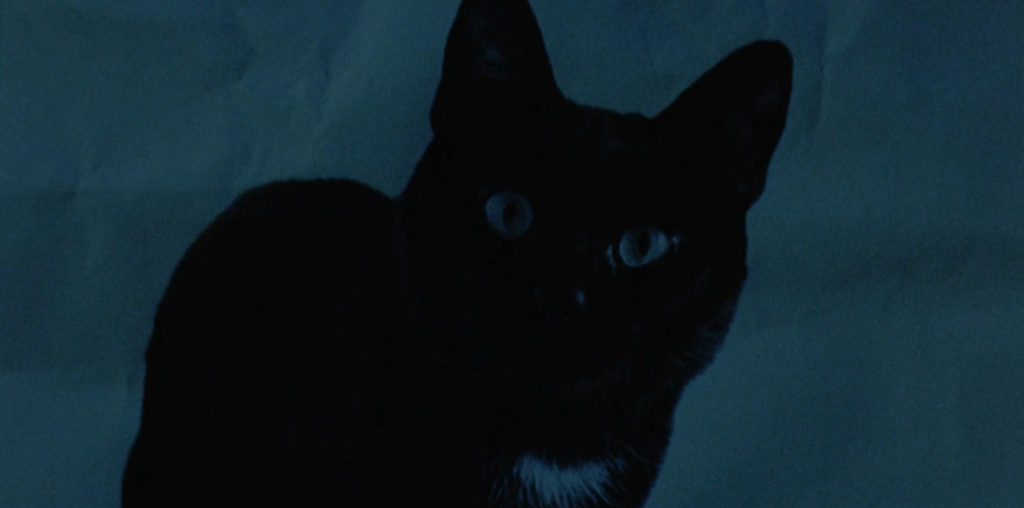
In 1941, Orson Welles simultaneously landed himself in cinematic history and committed career suicide with his fictionalization of the life of powerful newspaper magnate, William Randolph Hearst, called “Citizen Kane”. Lauded as the greatest film ever made, the film begins with the death of Kane. The rest of the film contains the ensuing investigation of his life as told in flashback by the people who knew him.
In 1998, Todd Haynes (“Superstar”, “Poison”, “Safe”) has written and directed a fictionalized account of the life of David Bowie, recently called by Time Out magazine, “The Most Influential Artist of Our Time.” Haynes has a bigger agenda, though, than the study of one man. Armed with his semeiotics degree, he tries to hit a lot of targets at once, and this time, the big one is the music genre Bowie made his name on, Glam Rock.
Covering a period from roughly 1969 -75, Glam Rock was based as much on visual image as on its sound. Bowie, and other artists of the genre, such as Marc Bolan and Brian Eno, thrived on the new images and identities they created for themselves; glamourous, androgynous, unbound by propriety or convention. In Bowie’s case, he transformed himself into the bisexual alien known as “Ziggy Stardust”.
Haynes begins his story with his stand-in, reporter Arthur Kent (Christian Bale). In 1984, Kent is assigned the story to investigate the disappearance of rock star Brian Slade (John Rhys-Meyers). Ten years earlier, Brian had staged the assassination of his glam persona, Maxwell Demon. Revealed as a hoax to a shocked public, Slade soon vanished from the public eye. Kent must now interview those closest to Brian to find out what really happened. In learning Slade’s story we also learn of the music and of those around him, particularly his complicated relationship with American rock star Curt Wild (Ewan McGregor).
The assignment is painful to Kent as this is the music with which he came of age (as did Haynes). He must also relive the accompanying sexual confusion. In the end, as we can never really know Slade, this is Arthur’s story.
Haynes mimics Welles in two important ways. First, is the framing structure of the flashbacks. As reporter Leland interviews Kane’s boozy ex-wife Susan Alexander, so does Kent interview Slade’s sloshed ex-wife Mandy Slade (an excellent Toni Collette).
The second, the more important one and less obvious one, is in how the movie is visually constructed. One of the reasons “Kane” is so revered is that it contains a summary of film styles to that point in time. Combining newsreel footage, surrealism, German expressionism and others, it contains the sum of film history up to 1941.
Semeiotics is the study of signs, or symbols. Haynes digs deep into emergent film styles from 1969 (around the start of glam rock) on and into the cultural lexicon of imagery. Appropriating style from filmmakers such as Ken Russel, Nicholas Roeg, underground directors, and even himself (there’s a scene where two character are represented by Ken dolls); Haynes employs each image to elicit a specific emotional response. While many scenes and information are based on historical fact, he combines or alters them for specific effect. Kurt Wild is Iggy Pop with Lou Reed’s abusive, confused childhood. Slade’s backup band is called “Venus in Furs”. Jack Fairy (Miko Westmoreland) is a cross between Brian Eno and Bryan Ferry, both of the band Roxy Music, and probably several other people.
Also, many characters appear like other people, entirely. Eddy Izzard as manager Jerry Divine looks exactly like Oliver Reed in “Tommy!”. He’s even dressed like him. Ewan McGregor as Curt Wild is a dead ringer for Kurt Cobain. Watching Kurt Cobain move around on stage EXACTLY like Iggy Pop is disconcerting depending on what Cobain means to you (a lot, to me). This all seems very deliberate on Haynes part.
Now the big question: Does this whole thing actually work? Some of the time. The director is largely hampered not only by the limited budget, but by the failure of creating the Brian Slade/Maxwell Demon character. David Bowie wouldn’t release the rights to his music; he’s developing his own “Ziggy Stardust” movie. Jonathan Rhys-Meyers emotional range only seems to go from pouty to needy. He comes off as too mannered, even for glam, compared to McGregor who seems to be living it.
It’s easy to pass over this film as a noble failure, but I think it’s much more than that, largely due to Christian Bale. Much underrated, Bale represents both Haynes and us. He must sort out not only the shifting identities of all the characters, but his own as well. The most memorable image is not from any of the concert footage, but of an adolescent Kent pointing to it on television for his parents screaming, “That’s me! That’s me!”


